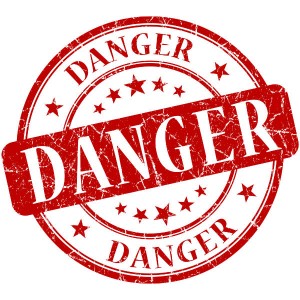A Rundown on Creosote
Have you noticed black particles and burnt-like marks on your chimney walls? Although they seem insignificant, these particles should never be underestimated. If left alone to build up, these things can become a very dangerous hazard that could lead to serious threat to life and property. What are we talking about? Creosote. It can be found in places where there’s open combustion or an open fire.

If creosote is allowed to accumulate, it becomes a safety risk and impacts the functioning of your heating system.New Buck Chimney Sweeps would like to expound more about creosote and why they pose such a threat to your home.
What is creosote?
Creosote is a result of chemical by-products that were not properly burnt. It’s basically smoke that literally sticks to walls. This is commonly found in your chimney walls. This can also be the result of wood, soft or hard, that has not been properly seasoned and by seasoned I mean dry wood that is seasoned to at least six months or even up to two years. Using seasoned wood will lessen the amount of creosote that sticks to the walls of your chimney.
Why is it dangerous?
You see, our CSIA-certified chimney sweeps can tell if the creosote is already at its worst. We categorize them by levels. You should know that it is not automatically called creosote. It starts as tar. It then evolves into something far worse than that. As time goes by, and with the usage of unseasoned wood more often, it turns into creosote and gets thicker and thicker until it becomes hard. At this point, the creosote becomes highly flammable and is the cause for so many rooftop and chimney fires.
What should be done?
This is why having your fireplace and chimney inspected and cleaned annually is a must. This will help monitor the amount of creosote, the gravity of the damage it might cause or has already made and what your options are to avoid bigger problems. As to the creosote inside your chimney, we usually use a special kind of brush to scrape it all off. Do not worry, creosote is inevitable and it exists in most chimneys. You just have to make sure to call us so that we can address the problem right away.
